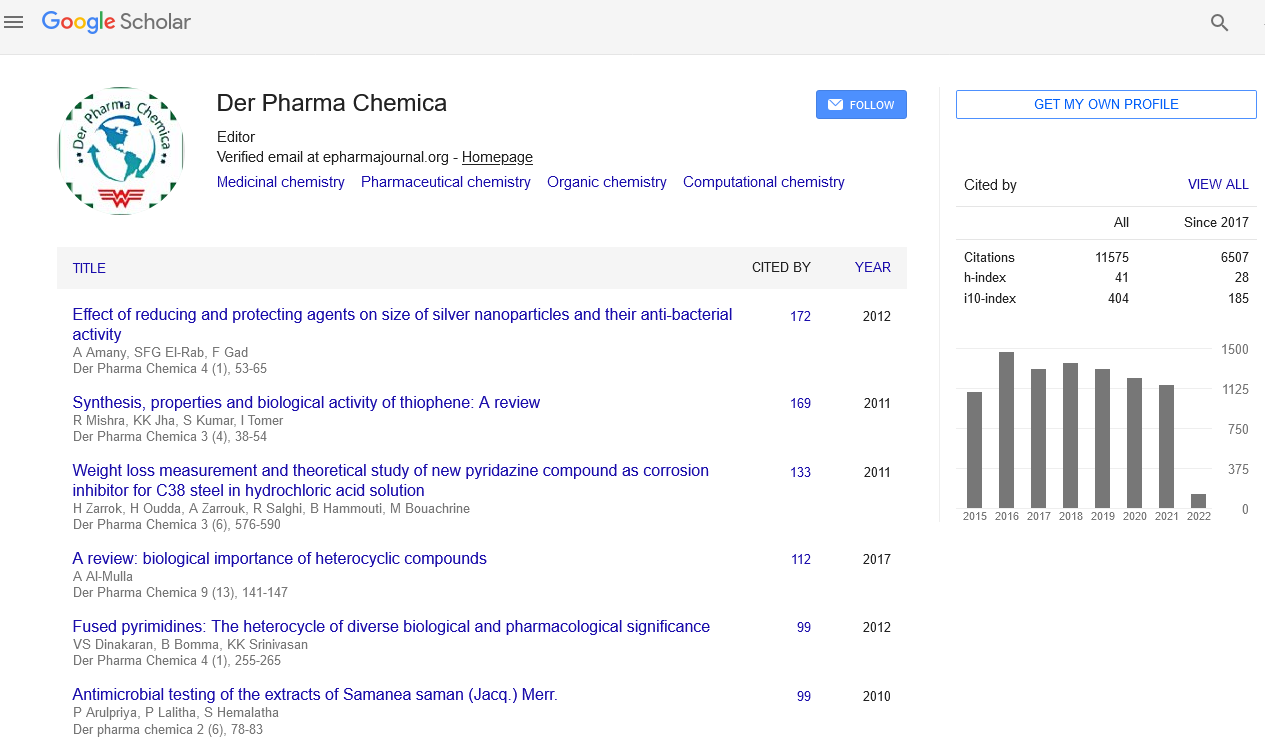Abstract
Preparation, Optimization and Evaluation of Diallyl Disulphide Loaded Liposomes
Author(s): Rajashree H, Sneha GAims: The aim of this study was to develop liposome loaded Diallyl disulphide for topical delivery and evaluate the efficacy of liposome for the treatment of skin cancer. Method: Phosphatidylcholine, cholesterol and diallyl disulphide were dissolved in chloroform and subsequently transferred into round bottom flask connected to a Rotavapor. Thin film hydration method was used for the formulation of liposomes. Various factors affecting the entrapment of diallyl disulphide into the lipid bilayers were evaluated using experimental techniques. Factors like Cholesterol: Phospholipid ratio and amount of diallyl disulphide were fine tuned to obtain optimized batches. Results: Liposome prepared was evaluated for vesicle size, zeta potential, percent drug entrapment, diffusion studies and in vitro cytotoxicity studies. Optimized batch was found to have vesicle size of 208.1 nm, %drug entrapment 91.7 and %drug permeation was 61.1%. Conclusion: Results of the present studies indicate that liposomes of diallyl disulphide can provide sustained drug delivery over an extended period of time.
Select your language of interest to view the total content in your interested language
Google Scholar citation report
Citations : 25868
Der Pharma Chemica received 25868 citations as per Google Scholar report
Der Pharma Chemica peer review process verified at publons
DOWNLOADS




